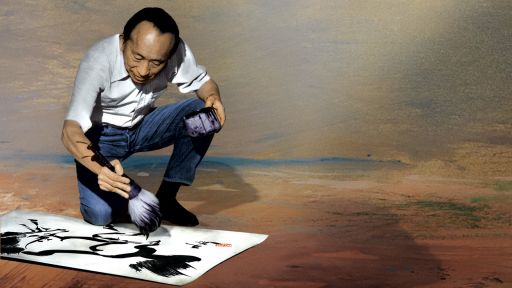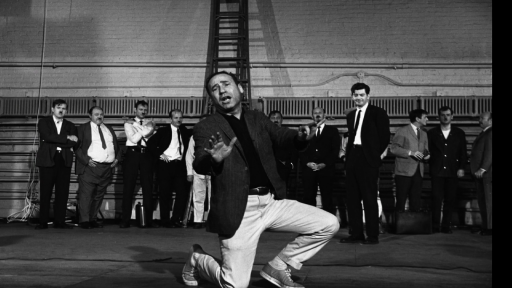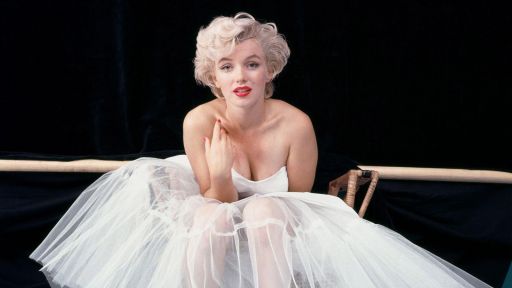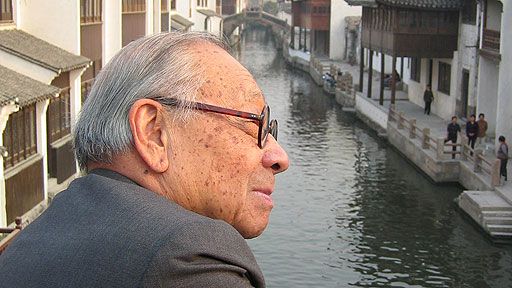TRANSCRIPT
C.T. Lui: This is from Palladium. You know Palladium nightclub on 14th Street? Me and Nam June, we go to the party we get high, and they have TVs rotating on the stage. Everybody freak out. So wonderful!
Nam June saw this and started to make video walls.
My name is Chi-Tien Lui. C-H-I T-I-E-N L-U-I. My profession is a technician or an engineer.
I met with him around '69. He came to my shop with a Portapak. and he said he had a modification and asked me my opinion. I looked at it and I said, "It's horrible. Leave it." So he left it and I adjusted everything. He fell in love with me.
He and I, we grew up in the same period of time. He grew up with the crystal radio and tube. I did too. So we talked the same language. Yeah, I think he's crazy.
One day, I was with Shigeko, his wife and I, and we went to MoMA, discussing about how to preserve Nam Jun Paik's artwork. And they're talking about the difficulties and everything. So Shigeko was right next to me. I raised my hand and said, "I could take care of that." So ever since then, I take care of all of his work as much as I can.
I've been collecting equipment from Radio Row. Now, okay, you don't know what Radio Row. "Radio Row" is Cortlandt Street before the World Trade Center. So when we come here, right away, we look for where can we buy secondhand or surplus equipment. Radio Row was the place.
When they built the World Trade Center, all the Radio Row, all of the shops had to be evacuated So a surplus store, they see me go there all the time. He said, "I got two more days. Do you want the store for $50?" I said, "I'll take it." So I have all the motors and everything. I open the shop for two days, I make my money back.
I told my daughter, "The reason I got this building is for all of my equipment." That's what my passion is, all the old equipment right here. All the ENG cameras. You can use them to buy a house, buy a building.
You're looking at the first mechanical television, 1928. The disc has 48 holes, or something. So each hole, where it rotates, each dot becomes a line. 48 lines, it becomes an image. Very, very primitive, but it works.
We discovered this a long time ago I think Edison invented light bulbs, then someone put on a plate and the CRT started. CRT, basically, is a filament coating with radiation. Once it's heated, it creates a beam. The narrow bean is magnetically controllable and scan the phosphor of the screen.
Any Nam June Paik artwork, when they get old, they are CRTs, they would get old and they'd get brown and wrong color, so what we do is we custom fit whatever the artwork is with different CRT, new CRT, or something equivalent to restore the tube, to restore his artwork. Well, we just want to keep Nam June Paik's artwork alive because CRT, they're very fragile. They go bad very quick.
Raphaele Shirley: So my name is Raphaele Shirley and I've been working with C.T. Lui since 2005. My main role with C.T. Lui is to interface with the museums and different Nam June Paik owners.
Our effort has been to try to stay as close as possible to the original for the fact that, now, there's this obsolescence of the CRTs. So that's really a challenge.
And we've done a lot of research to try to figure out which technology would be the best for maintaining the authenticity, the originality, the voice of Nam June.
So I have here an original CRT that was part of this prototype that you see behind me. And this is a project we did just recently with the Detroit Institute of Art. And we've extracted all the CRTs from the originals and replaced these original displays with this more new technology, which is an LCD screen.
And so this consumes a lot less electricity, produces a lot less heat, and from what our understanding and a lot of discussions with the manufacturers, has a longer lifespan than the vintage CRT.
C.T. Lui: The knowledge gonna get lost. Also, CRT is high voltage. Most young people don't want to touch high voltage. So since I have all the parts, I have all the knowledge it's easy for me to teach someone to continue with this. And as I get older, later on, my intern Taezoo will take over.
Taezoo Park: Sometimes this got big capacitor, contain high voltage for a long time so you make sure discharge it again, not to get the electric shock.
Raphaele Shirley: C.T. Lui feels ready to pass on his knowledge, and so we've started training Taezoo so that we can feel prepared for future requests.
Taezoo Park: Gradually, I'm gonna learn this technology then might be I have a chance to, yeah helping to make Nam June Paik's artwork alive. If I'm become those kind of succession, must be such an honor. Without know this kind of history, we can lose lots of capability. We might find more way to use this technology. So not just the learning the history of the technology, but its real story make a young generation, like me, and younger generation might, yeah, got lots of inspiration from his story.
C.T. Lui: And I'm always thinking then Taezoo could help me teach people who can teach more people. Then, I'll retire!






